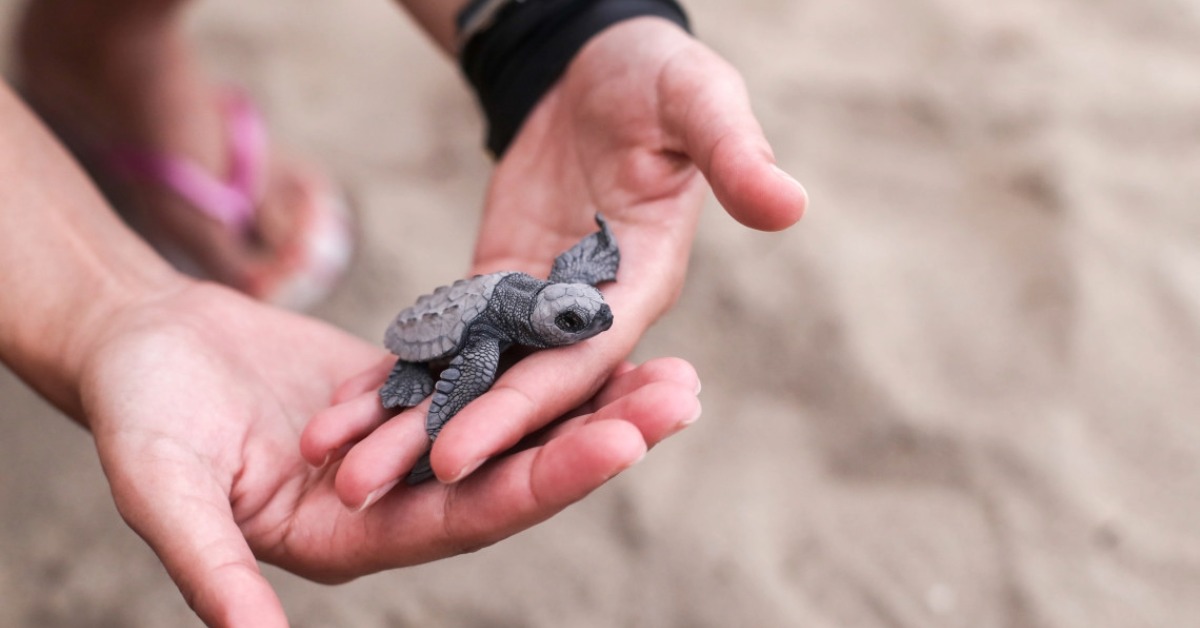Sea turtle nesting season in Baja California Sur is underway; communities and camps protect nests and release hatchlings under SEMARNAT rules . . .

Sea turtle nesting season in Baja California Sur is underway; communities and camps protect nests and release hatchlings under SEMARNAT rules . . .
